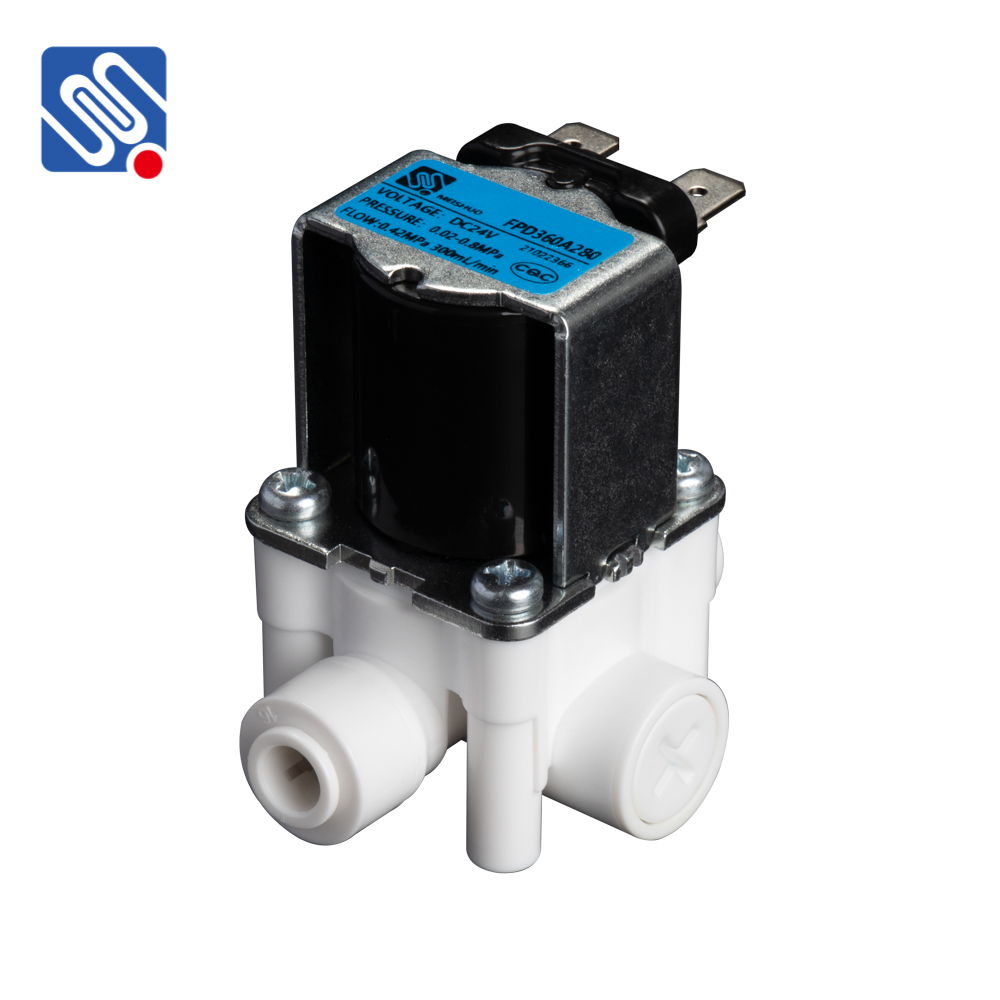DC solenoid valves are essential components in various industrial, automotive, and residential applications, serving as the gateway for fluid control. These electromechanical devices operate by using an electric current to generate a magnetic field, which mechanically opens or closes the valve, thereby controlling the flow of liquids or gases. This article delves into the functionalities, benefits, applications, and considerations when using DC solenoid valves.

Understanding the Mechanism The operation of a DC solenoid valve primarily involves a few essential components: a coil, a plunger or armature, a valve body, and sealing elements. The magnetic coil, when energized by a direct current, creates a magnetic field, which attracts the plunger within the valve body. Depending on the design (normally closed or normally open), this action either opens or closes the flow path. Normally Closed (NC) Valves: In these configurations, the valve remains closed when no power is applied. When voltage is supplied, the magnetic force lifts the plunger, allowing fluid to flow through.